Should Congress Convert Part of a National Park Back Into a Prison?
President Richard Nixon, a native Californian, promoted an idea in 1972 to turn an iconic stretch of California's coastline into a national park.
It would include the headlands around the Golden Gate and two nearby islands.
One was Angel Island and the other was Alcatraz -- where a federal prison had been permanently closed nine years earlier.
On Feb. 8, 1972, Nixon sent a message to Congress. "I propose legislation to establish a Golden Gate National Recreation Area in and around San Francisco Bay," he said. "Altogether, the area would encompass some 24,000 acres of fine beaches, rugged coasts, and readily accessible urban parklands, extending approximately 30 miles along some of America's most beautiful coastline north and south of Golden Gate Bridge.
"Angel and Alcatraz Islands in the bay would be within the boundaries of the National Recreation Area," said Nixon.
A bipartisan pair of congressmen co-sponsored the legislation to create it. One was Republican Rep. William Mailliard, who grew up on Belvedere Island in Marin County -- just north of the Golden Gate -- and whose congressional district included parts of Marin and the western side of San Francisco. The other was Democratic Rep. Phil Burton, who represented the eastern side of San Francisco.
Nixon visited San Francisco on Sept. 5, 1972, to promote the bill.
"President Nixon brought the power and prestige of his office here Tuesday to push for the creation of the Golden Gate National Recreation Area," reported the Palo Alto Times.
As part of his visit, Nixon took a ferry ride under the Golden Gate Bridge - accompanied by, among others, Democratic San Francisco Mayor Joe Alioto.
"Nixon appeared to enjoy the short ferry ride, which took him to within 50 yards of the Golden Gate Bridge," the Palo Alto Times reported. "As photographers gathered to catch the President posed on the bow of the ferry, his hair blowing in the wind and the Golden Gate behind him, Nixon said: 'I've never had a better background.'"
Democratic Rep. Wayne Aspinall of Colorado, chairman of the House Committee on the Interior and Insular Affairs, brought the legislation to the full House on Oct. 11, 1972.
"I bring to the floor of the House today legislation creating one of the most important new recreational areas to be considered during the 92nd Congress -- the Golden Gate National Recreation Area," Aspinall said.
He then described the three major elements of this proposed park: those in Marin and San Francisco, and the islands in the bay -- whose inclusion, he declared, was not controversial.
"The third component of the Golden Gate National Recreation Area is the unit composed of Angel and Alcatraz Islands," Aspinall said. "These two areas are already publicly owned and, as far as I know, are noncontroversial elements in this proposal."
He was right.
The next day, the San Francisco Examiner carried a story with this headline: "Shore Park Bill Goes to Senate."
"The legislation was unanimously passed yesterday by the House of Representatives, bringing praise from co-authors, Reps. William S. Mailliard and Phillip Burton," said the story.
"It whizzed through the House in 15 minutes," said the Examiner.
The next day, it passed in the Senate. Two weeks later, Nixon signed it.
Its first section described how the government needed to manage this land for "public use and enjoyment."
"In order to preserve for public use and enjoyment certain areas of Marin and San Francisco Counties, California, possessing outstanding natural, historic, scenic, and recreational values, and in order to provide for the maintenance of needed recreational open space necessary to urban environment and planning, the Golden Gate National Recreation Area ... is hereby established," said the law. "In the management of this recreation area, the Secretary of the Interior ... shall utilize the resources in a manner which will provide for recreation and educational opportunities consistent with sound principles of land use planning and management. In carrying out the provisions of this Act, the Secretary shall preserve the recreation area, as far as possible, in its natural setting, and protect it from development and uses which would destroy the scenic beauty and natural character of the area."
Alcatraz has become a popular tourist destination -- even though it takes a ferry ride to get there. "Alcatraz Island welcomes approximately 1.2 million visitors a year," says the National Park Service.
This month, President Donald Trump announced he wants to use Alcatraz for a very different purpose than the one described in the law Congress enacted in 1972. He wants to reopen it as a prison.
"That is why, today, I am directing the Bureau of Prisons, together with the Department of Justice, FBI, and Homeland Security, to reopen a substantially enlarged and rebuilt ALCATRAZ, to house America's most ruthless and violent Offenders," Trump said on Truth Social. "The reopening of ALCATRAZ will serve as a symbol of Law, Order, and Justice."
The Constitution gives Congress the power to control federal spending. "No Money shall be drawn from the Treasury, but in Consequence of Appropriations made by Law," it says.
If the federal government needs new prisons, Congress should appropriate the money to build them. But it should not appropriate money to build a new prison on land that has been an iconic and much-visited part of a national park for more than half a century.
To find out more about Terence P. Jeffrey and read features by other Creators writers and cartoonists, visit the Creators webpage at www.creators.com.
----
Copyright 2025 Creators Syndicate, Inc.

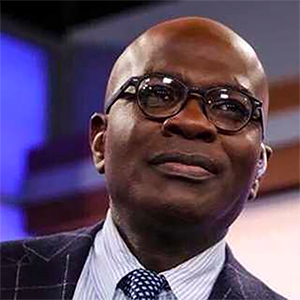
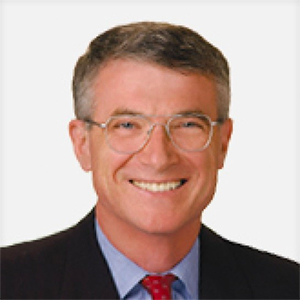
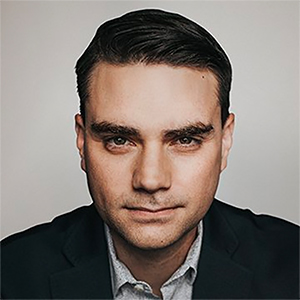

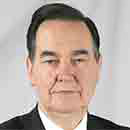


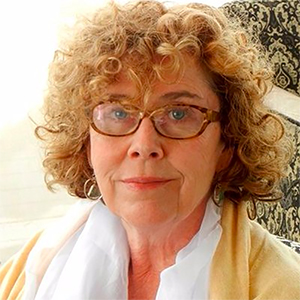
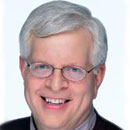
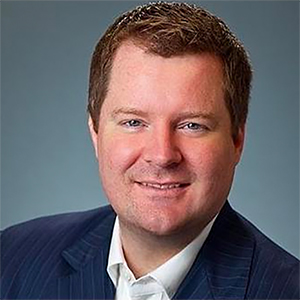
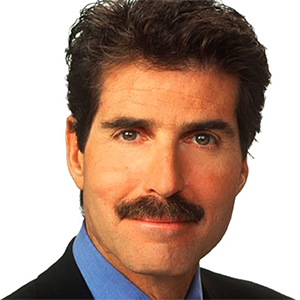
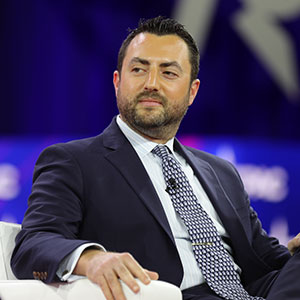
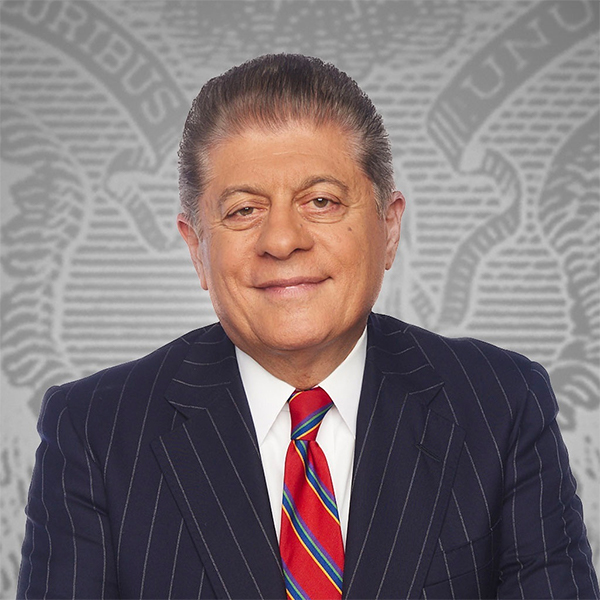

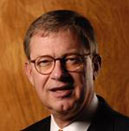

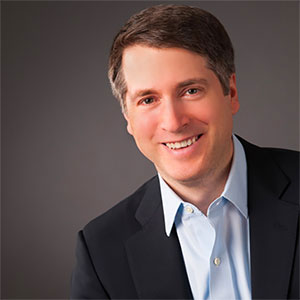

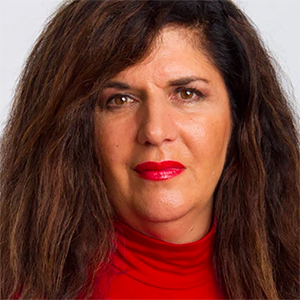

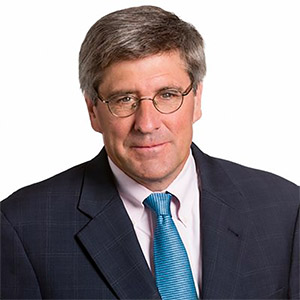



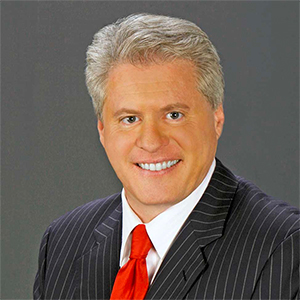




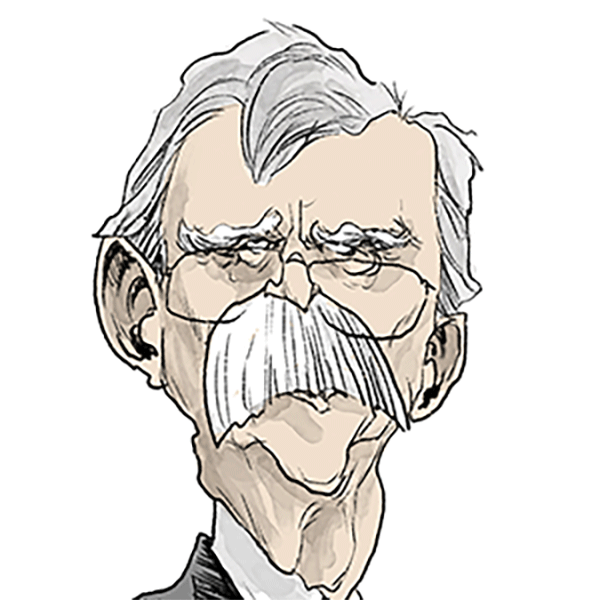
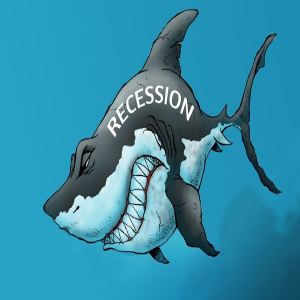
Comments